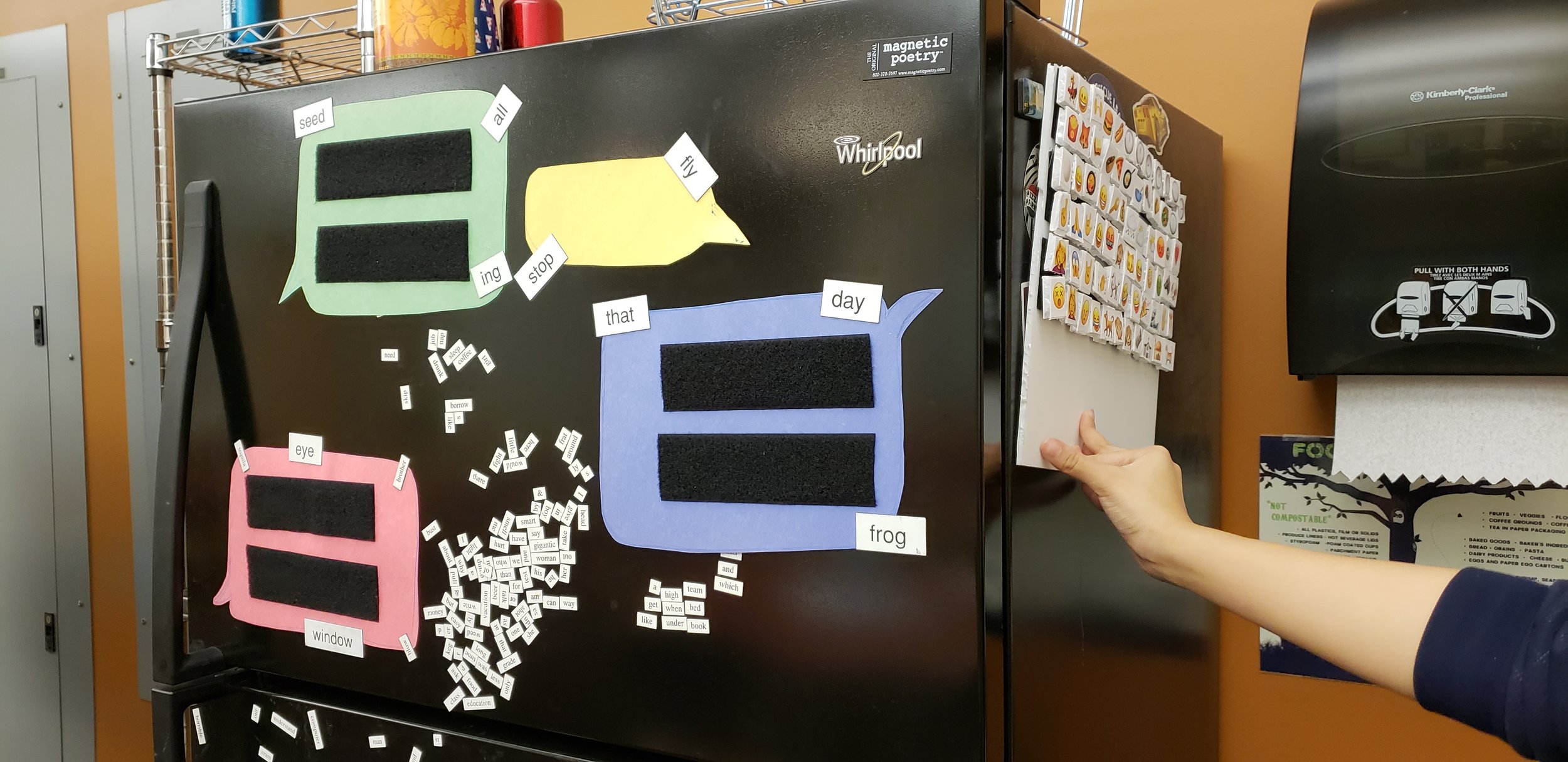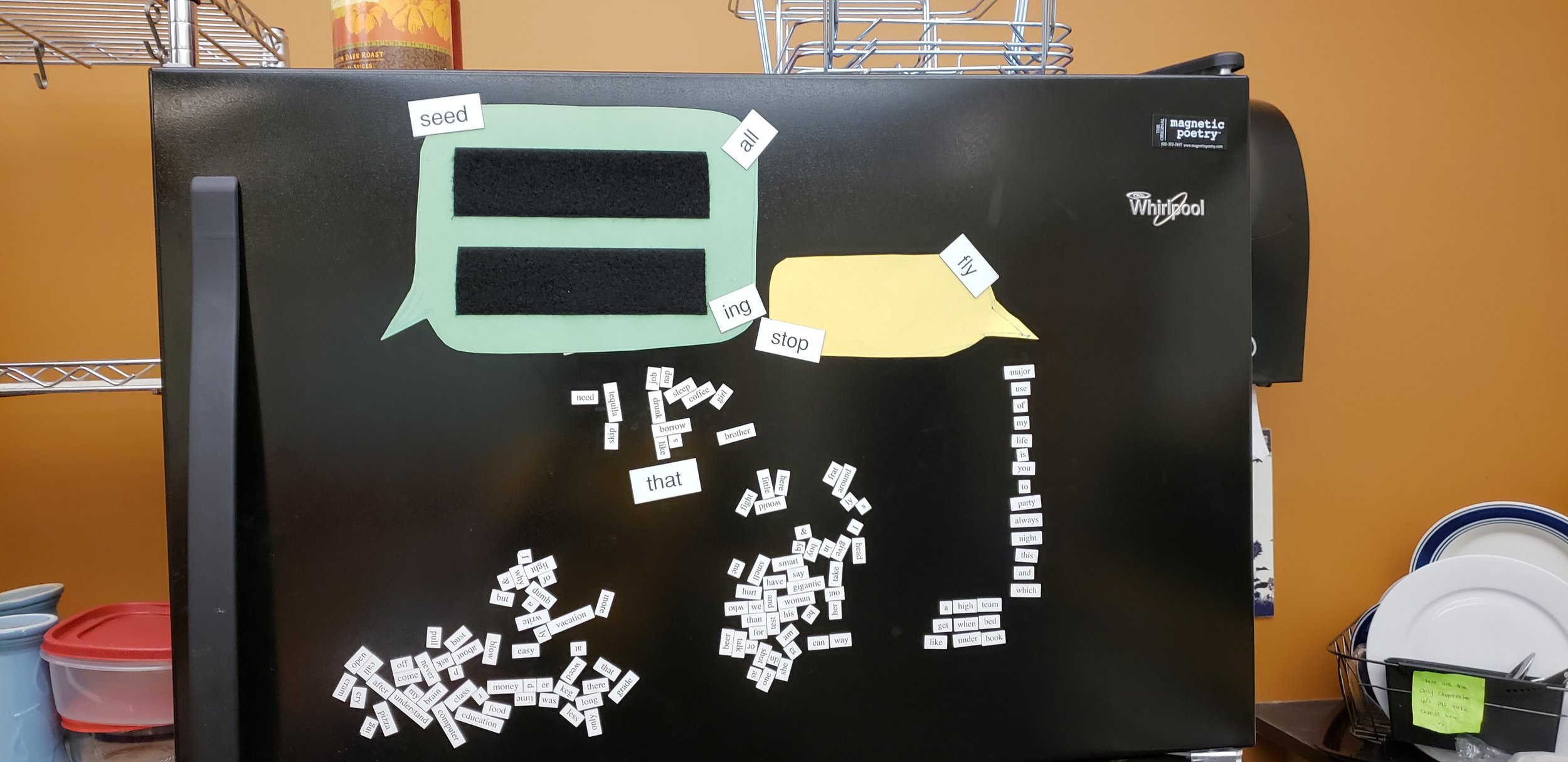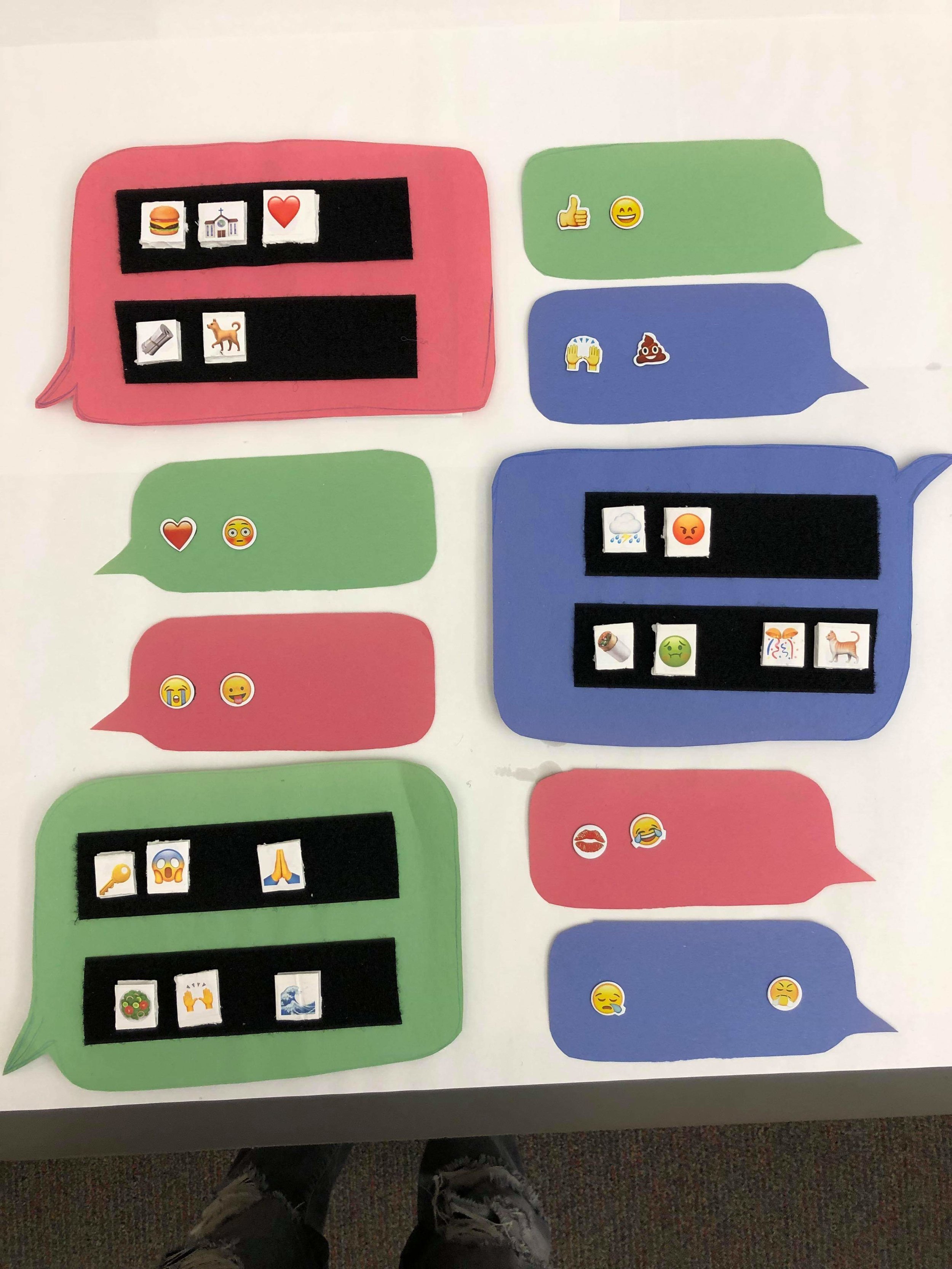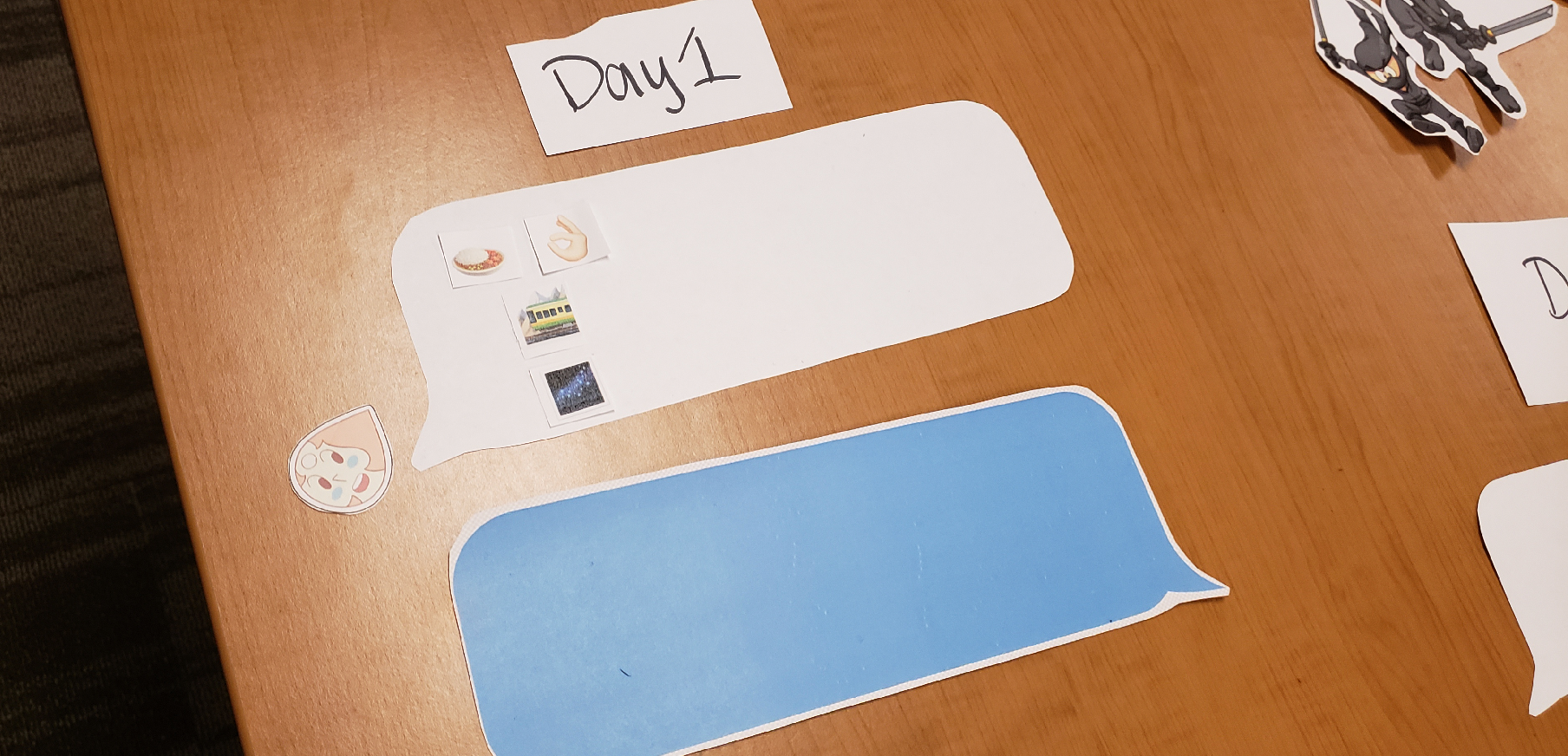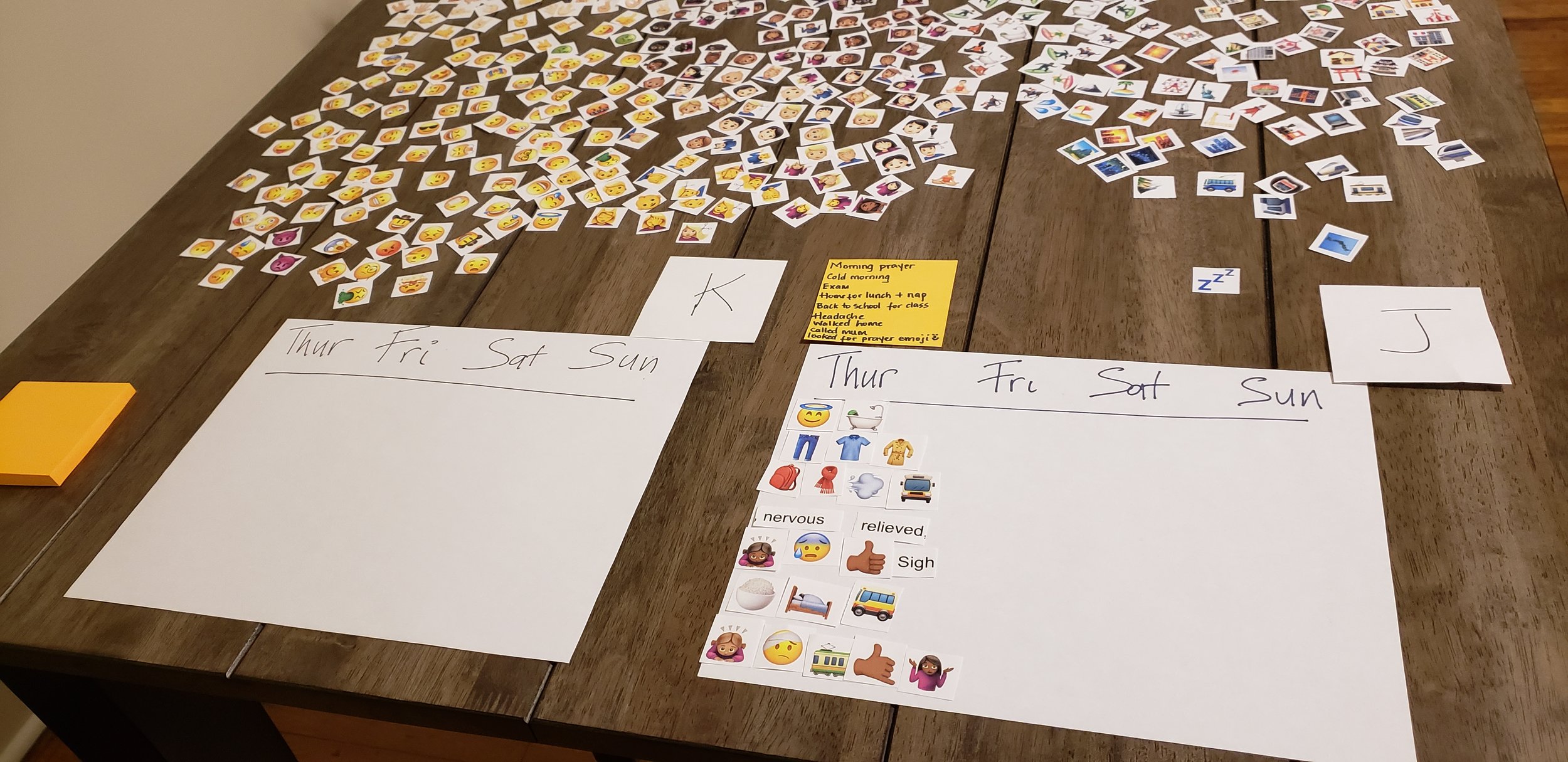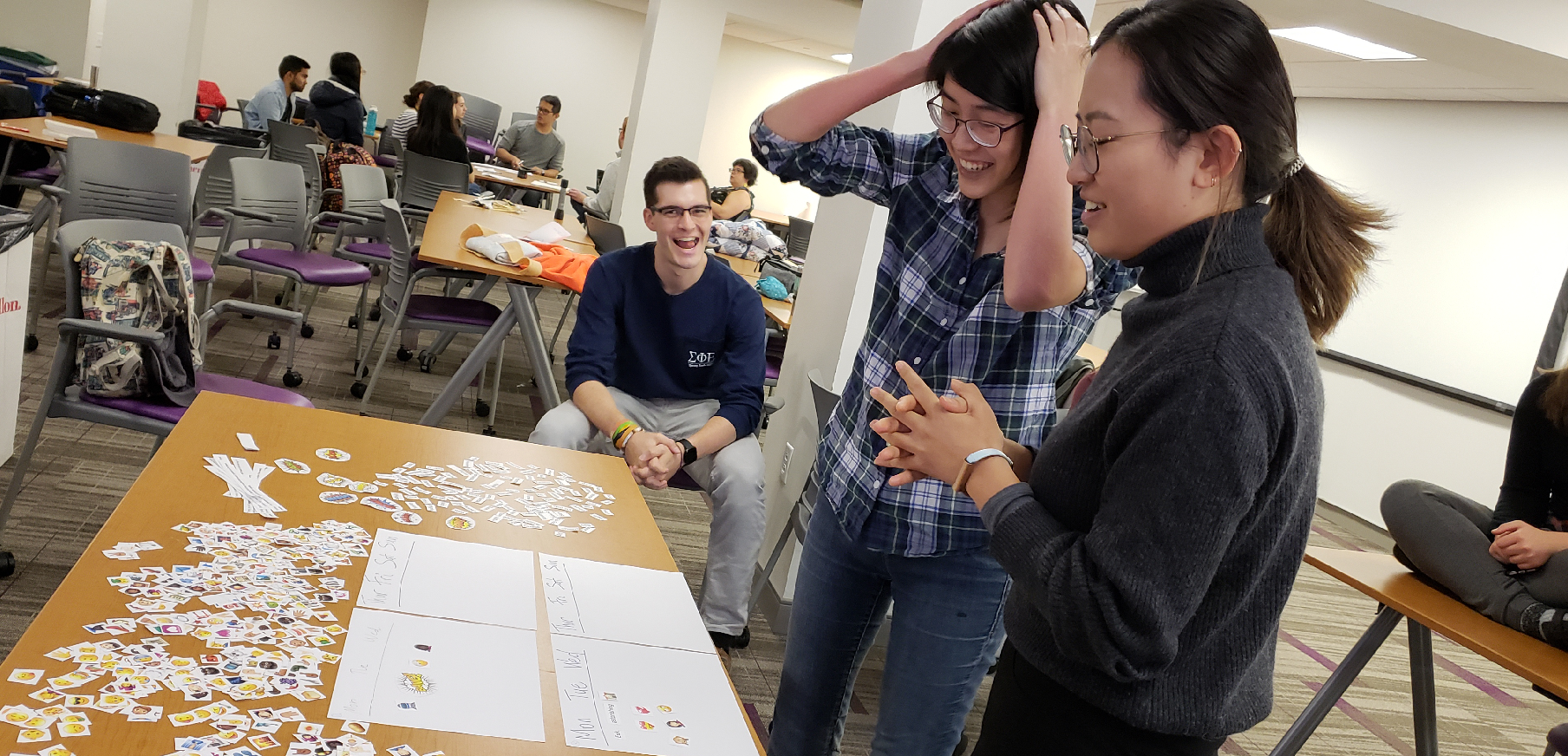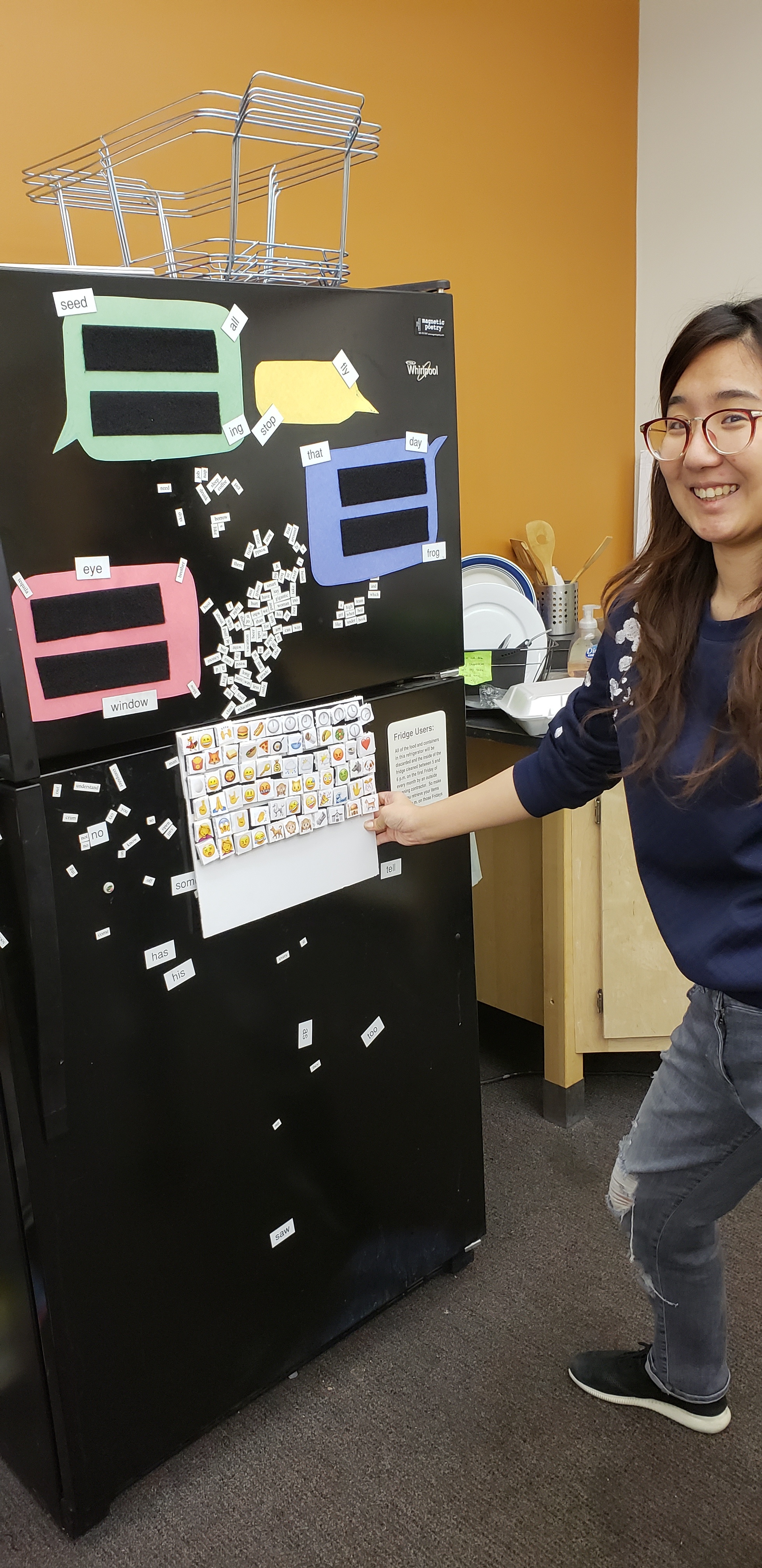OVERVIEW
Sleepy Games explores designing and researching games in the space of sleep health. These games help transform and support behavior change of players so that they sleep better!
ROLE: Game Designer, Game Researcher, Producer
DURATION: 1 y | Oct 2018-2019
ADVISOR: Jessica Hammer
TEAM: Xiangzhu Chen, Jeffrey Chou, Tithi Jasani, Adela Kapuścińska, Judith Leng, Ruoxi Li, Arnav Mahajan, Emily McDonald, Stacie Nam, Juliet Pusateri, Khushi Sanjay Shah, Jessica Timczyk, Qian Wang, Rocky Wang (14)
CLIENT: Philips Healthcare
IMPACT & OUTCOME
Presented our report to Philips Healthcare.
Conducted user research for the papers "Towards a Design Theory of Sleepy Games" at CHI Play 2019; and "Designing Games for Healthy Sleep" at CHI 2020.
00 — CONTRIBUTIONS
As Project Manager for Sleepy Games, I led a group of 13 student designers through design, playtesting and research writing. I oversaw logistics: organizing meetings, booking rooms, assisting game groups when necessary and helping dispense the project budget. During this time, I was also coordinating the Manifesto team, successfully producing a design methodology for our work.
As Game Designer for Good Night, I devised the gameplay mechanics and conducted in-class playtesting sessions. Additionally, I produced graphic design elements for the team.
SLEEPY GAMES: GOOD NIGHT
Good Night is a transformational magnetic fridge texting game that focuses on improving sleep quality for night and swing shift workers, by helping them engage in continuous, meaningful conversation with their close ones and facilitate wind-down after work.
TYPE: Magnetic fridge texting & guessing.
TIME: Indefinite. 1-5 minute interactions.
PLAYER: 2+ family members.
ROLE: Game Designer, Graphic Designer
DURATION: 1 month | October-November 2018
ADVISOR: Jessica Hammer
TEAM: Elva Fu, Adela Kapuścińska, Kirabo Lynn, Arnav Mahajan
CLIENT: Philips Healthcare
01 — THE CHALLENGE
Sleeping issues are major problems for night and swing shift workers. Statistics show that 15 million Americans work the night shift, with 40% of them only sleeping 6 hours or less. Research has also suggested that such lack of sleep and disruption in the rhythm could lead to pre-diabetes, or even cancer. Solutions to workers’ sleep issues seem at best marginally effective, or rarely addressing the problems at its root causes.
We were asked to create a physical game prototype that would help improve the sleeping conditions for night and swing shift workers.
02 — RESEARCH
In order to better understand the nature of night shift work and the types of problems that arise within these scenarios, we conducted interviews with our focus group (which included nurses, EMS workers and university bus drivers):
Research Insights
Workers have positive perception around their sleeping schedule (specifically, in terms of regularity) and don’t consider their sleep to be interrupted.
Workers’ sense of satisfaction and accomplishment in their professional lives is dependent on job excitement, social interactions and perceived impact.
Workers’ experience a fraught relationships between the desire to sleep and guilt for not being there with their families - “commitment” to recovery and social maintenance.
The interviewed workers have pre-established schedules and routines with sleep, but experience regret and often sacrifice their sleep recovery cycle to spend time with family.
03 — TRANSFORMATIONAL GOALS
Having identified the area for change that our game could address, we delved into defining its goals:
To improve the wind-down ritual. To establish a sense of coziness and relaxation through this end-of-day activity. 🏠
To enable continuous and meaningful conversation between worker and family. A means of communication that is intriguing and playful to facilitate further interaction between family members that don’t spend much time together. 💌
To allow workers to process their days. To facilitate reflection and to clear their minds before bed. 🌀
DESIRED END STATE
For workers to go to sleep more at ease, and be frequently communicative with close ones. 🛏️
04 — GAME DESIGN
1. COZY WIND-DOWN
We understood that in order to encourage behavior change in the area of sleep, we had to develop a game that would eliminate stress and decrease arousal level. Cozy Games, a Project Horseshoe think tank initiative, provides fundamental instruction in the way we approached the concept of the wind-down ritual in our game.
2. AMBIGUITY
We deliberately constrain the players’ ability to communicate a thought by restricting players to the language of emojis and other visuals. During our playtests, we noticed that messages specifically conveyed with only emojis created ambiguity and miscommunications which led to humor and playfulness.
3. DELAYED GRATIFICATION
We examined the relationship between anticipation and suspense, and how we could use that to engage players with the game and increase the pleasure associated with the experience. The asynchronous scheduling of the worker and their family allows for parallel play. Based the pleasure that comes from seeing a response to one’s message or clearing up ambiguity about the meaning of emojis, this delay will help motivate players to keep engaging with the game.
For more details:
05 — ITERATIVE DESIGN
PROTOTYPE 1
This was our proof of concept: it examined the game’s feasibility and desirability around a designer’s household. The kit included emojis, sentence prompts, comic themes exclamations and adjectives.
PLAYTEST INSIGHTS
While the activity of recounting one’s day is exciting, having prompts isn’t. Players found the prompts supplied with the game to be too specific.
Players have strong preferences with their emoji choices. Some playtesters focused on finding and categorizing their favorite emojis before displaying their story, while other relied on finding the most effective emojis to convey their message.
Players want space for expression. The constrained mode of communication encouraged players to deliver their messages as best as they could, by taking up all of the board that was provided to them.
CONSIDERATIONS
Players are most often operating on their mental models of phone representations & categorizations of emojis. Embracing that would mean arranging those game materials to follow suit of those systems.
…
PROTOTYPE 2
This prototype further examined player interaction with the emojis, if uncategorized by the designers. The game now included two separate boards for each players and minimal prompt to facilitate story creation. We did one round with prompt and a second round where they freely constructed story.
PLAYTEST INSIGHTS
The fun isn’t in the prompts. Players thought that the prompts were not needed in the game. They expressed that they had more fun trying to figure out the message of the last Player.
Players express themselves in freeform. They completely ignored the days of the week that were placed on the board and just wrote messages in a freeform style. Players put a lot of thought into responding to messages.
CONSIDERATIONS
To embrace the style of chat conversations and completely redesign the boards that would be used by the players.
…
PROTOTYPE 3
This prototype tested how players responded to the separation of boards and how would they respond to each other’s messages. Players were presented with a number of emojis, a game board that now comprised of 6 chat bubbles that were pre-arranged according to day, and cartoons that were to be used as profile icons for each Player.
PLAYTEST INSIGHTS
The timeline needs further structure. There was confusion around the timeline of the different players and who was responding next. Players did not like that each bubble had two conversations happening in it.
Customization is highly important. One player chose from the pool of provided cartoons as their profile icon, while the other used their own personal item.
CONSIDERATIONS
To separate the two conversations (the story and the responses to the stories) into independent speech bubbles.
To consider a better and more efficient organization of emojis.
06 — FINAL PROTOTYPE
